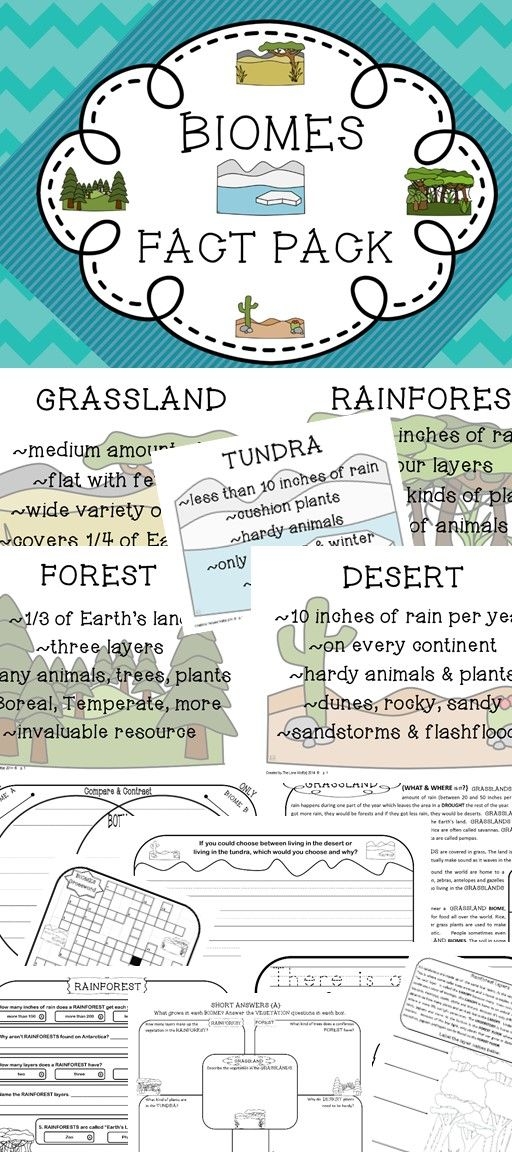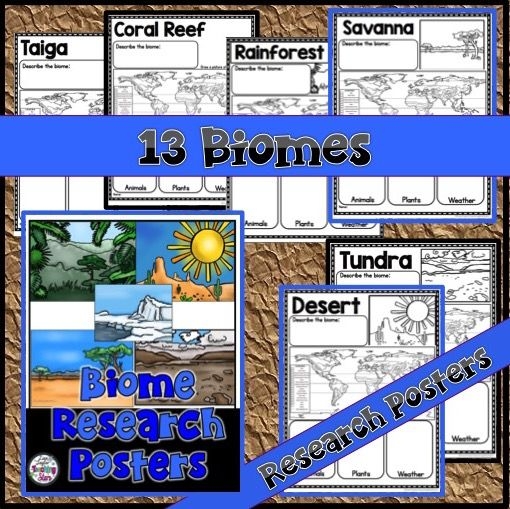The rainforest biome is a lush and dense forest that receives a high amount of rainfall throughout the year. It is home to a diverse range of plant and animal species, making it one of the most biodiverse ecosystems on Earth. Some famous rainforests include the Amazon Rainforest in South America and the Congo Rainforest in Africa. Students can include information about the climate, flora, and fauna of the rainforest biome in their fact sheet.
Key points to include in the fact sheet: – The average rainfall in a rainforest biome – Examples of plant species – Examples of animal species – Threats to the rainforest biome
The Desert Biome
The desert biome is a dry and arid ecosystem that receives very little rainfall. Despite the harsh conditions, many plant and animal species have adapted to survive in deserts around the world. Some well-known deserts include the Sahara Desert in Africa and the Mojave Desert in North America. Students can research and present information about the unique adaptations of desert plants and animals in their fact sheet.
Key points to include in the fact sheet: – Average temperature in a desert biome – Types of plants that thrive in deserts – Types of animals that inhabit deserts – Strategies for survival in a desert environment
The Tundra Biome
The tundra biome is a cold and treeless ecosystem found in the Arctic and Antarctic regions. It is characterized by permafrost soil and a short growing season. Despite the extreme conditions, tundra biomes support a variety of plant and animal life, such as mosses, lichens, caribou, and polar bears. Students can explore the unique adaptations of tundra organisms and the impact of climate change on tundra ecosystems in their fact sheet.
Key points to include in the fact sheet: – Average temperature in a tundra biome – Examples of plant species in the tundra – Examples of animal species in the tundra – Effects of climate change on tundra ecosystems

